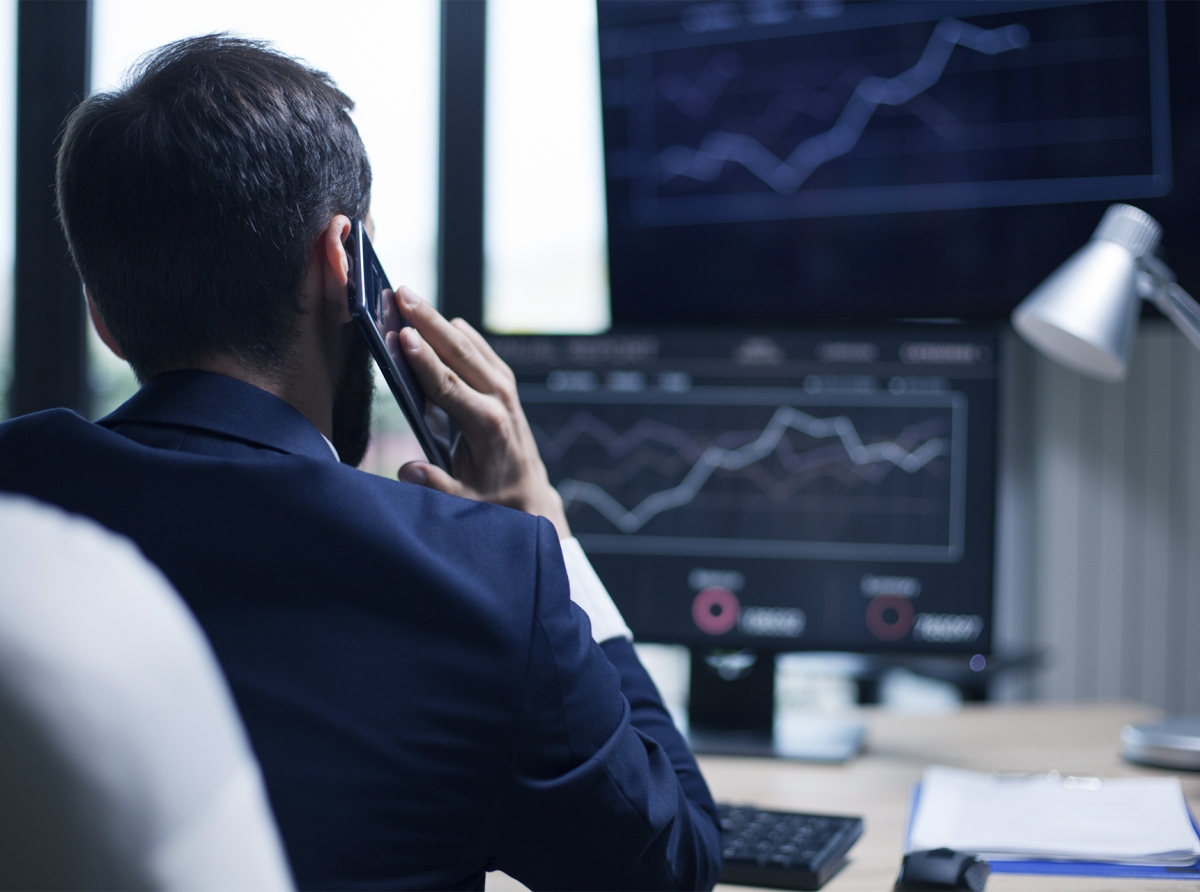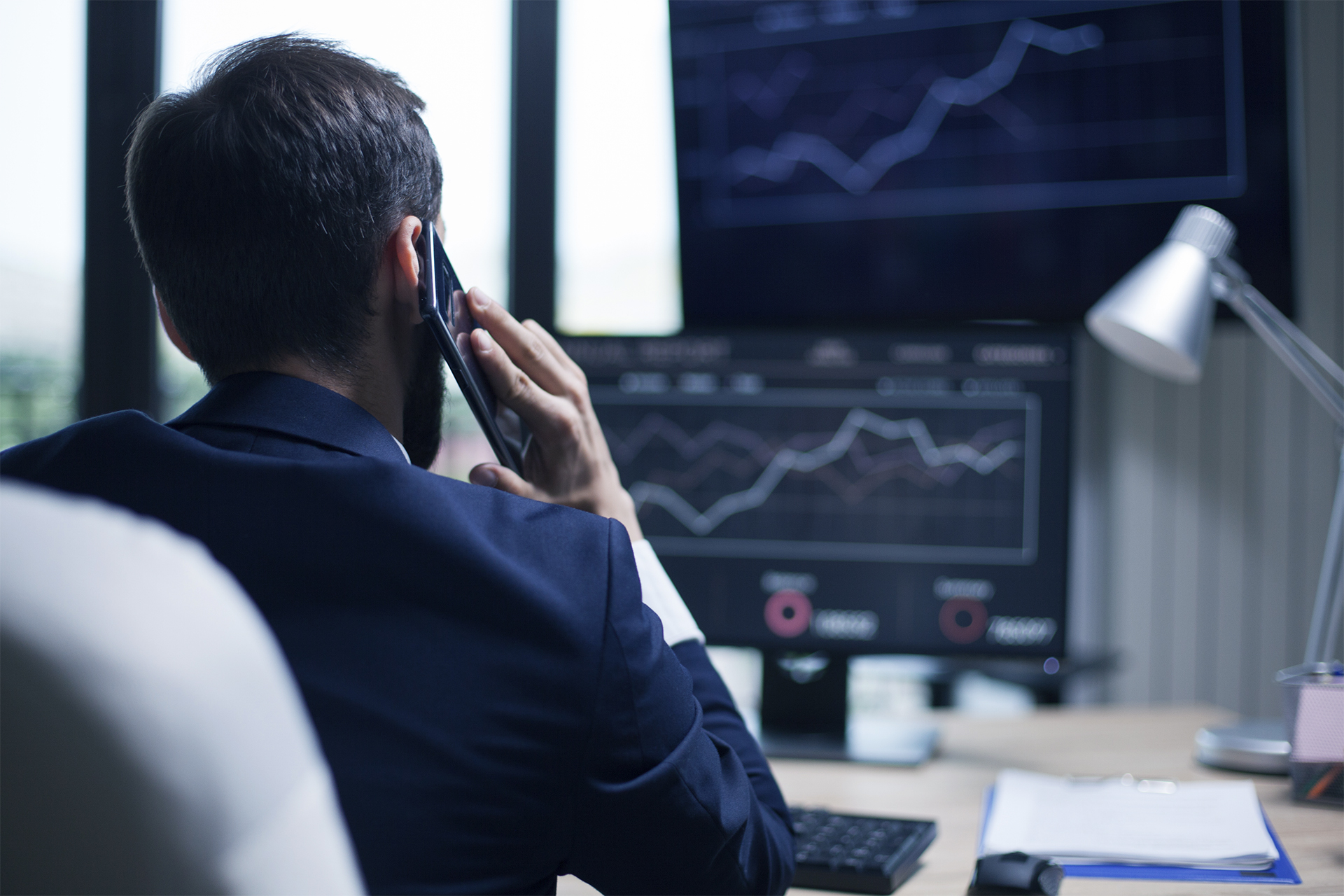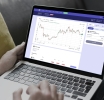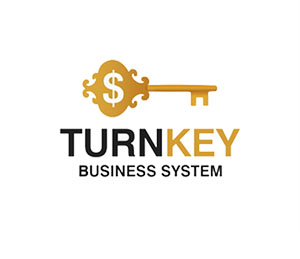
Spreads, commissions and trading products
Trading costs are an invisible tax that every trader pays. They are not visible on the charts, are not discussed in loud chats, but they are the ones that can “eat up” a significant part of the profit, especially if trades are made frequently.
Understanding what the costs are made up of helps to preserve capital and improve trading efficiency.
Understanding what the costs are made up of helps to preserve capital and improve trading efficiency.
Spread as a major cost source
The spread is the difference between the purchase and sale price, and it is the first obstacle to profit. Until the price passes the spread, the transaction is actually unprofitable.Conventionally speaking, the trader enters the market "with a minus". At first glance, the spread may seem like a trifle, especially if we are talking about one point, but with active trading it turns into a serious expense item.
If a trader makes dozens of transactions per day, even a minimal spread on a liquid pair turns into hundreds of dollars in expenses every month.

Spreads, commissions and trading products
What is a spread and why is it important?
Every deal on the Forex or stock market starts with a minus. The reason is simple: the spread is the difference between the purchase price (Ask) and the sale price (Bid).On liquid pairs (EUR/USD) the spread can be as low as 0.1–0.5 pips.
On exotics - reach 20-30 points.
For scalpers, the spread becomes a key factor: dozens of trades a day turn into hundreds of dollars in expenses.
The shorter the holding horizon of a trade, the more the spread influences it.
Commissions as a mandatory companion to transactions
In addition to the spread, brokers often earn on commissions.These are fixed fees for opening and closing a deal, accrual or debit of swaps for carrying a position over to the next day, as well as expenses for depositing and withdrawing funds. Commissions are invisible on the charts, but are reflected in the balance, and sometimes they make the strategy unprofitable, despite the external "beautiful" statistics.
This is especially noticeable on accounts with a small deposit, where each commission is felt much more strongly.
Hidden Costs That Are Forgotten
Costs also include slippage - when a transaction is opened at a less favorable price than indicated in the terminal.During periods of high volatility, this difference can be tens of points. Additional costs arise when paying for specialized services: copy trading, renting a VPS for trading robots, using third-party platforms.
In stock and cryptocurrency trading, costs are increased by depository fees or fees for withdrawing tokens from the network. All this directly affects the final financial result.
Slippage and additional costs
An equally important factor is slippage . During news or sharp volatility, a deal is opened and closed at a price worse than the stated one.In addition, there are also indirect costs:
VPS rental for advisors;
purchase of trading signals or indicators;
fees for currency conversion and asset storage;
costs of connecting to copy trading or CRM services.
All these costs are rarely taken into account in planning, but they gradually reduce profitability.
Trade Expense Management
Many novice traders make the same mistake - they only evaluate potential profits, but forget about the expenses. Meanwhile, a competent approach to costs can significantly increase the efficiency of trading.Already at the stage of choosing a broker, it is worth carefully studying the conditions: the size of spreads, fixed commissions, the size of swaps.
Sometimes an account with a commission per transaction turns out to be more profitable than a "free" one, but with an expanded spread. A conscious attitude to the frequency of transactions also reduces costs: the fewer unjustified entries, the less "tax" paid to the market.
Why it is important to consider costs
The mistake most newbies make is focusing only on profit. But a professional trader always asks himself: "How much will I really keep after deducting all expenses?"Example:
The scalper makes 50 trades per day, leaving the broker with $30–50 in commissions and spreads.
A medium-term trader opens 5 trades per month and spends only $10.
Both can make the same amount of money from a market move, but the net result will be different.
Spreads, commissions, and costs are an integral part of trading. They cannot be avoided, but they can be managed. A trader who takes costs into account when developing a strategy has a significant advantage over one who ignores this factor.
A proper understanding of the cost structure makes trading more transparent and the outcome more predictable.
By Miles Harrington
September 02, 2025
Join us. Our Telegram: @forexturnkey
All to the point, no ads. A channel that doesn't tire you out, but pumps you up.
A proper understanding of the cost structure makes trading more transparent and the outcome more predictable.
By Miles Harrington
September 02, 2025
Join us. Our Telegram: @forexturnkey
All to the point, no ads. A channel that doesn't tire you out, but pumps you up.









Report
My comments